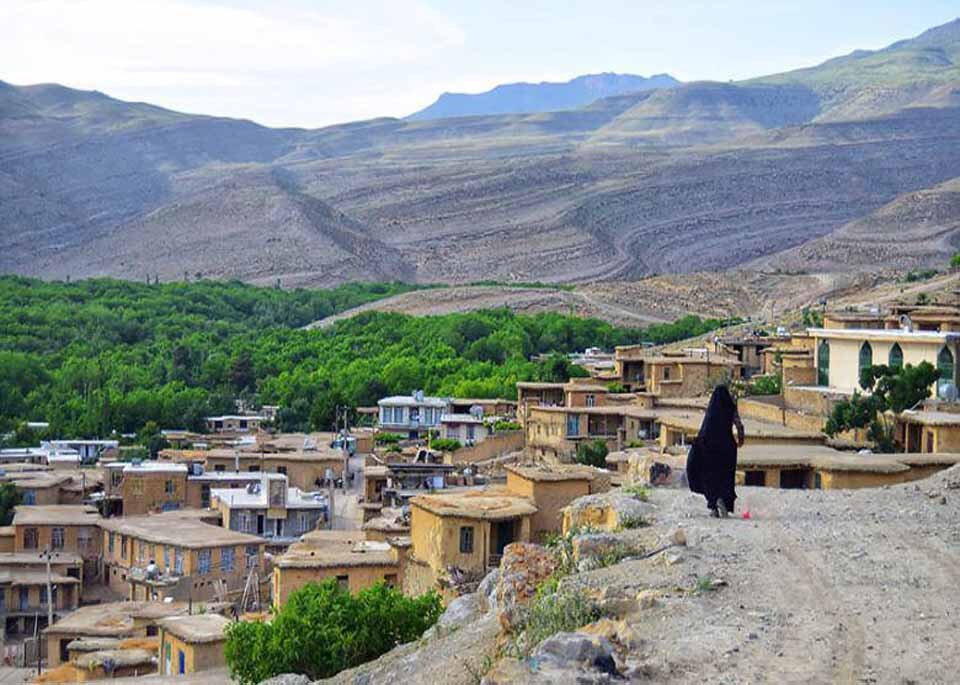Kondazi village near Persepolis undergoes restoration

TEHRAN - The historical village of Kondazi, located a few kilometers away from the UNESCO-listed Persepolis, is currently undergoing a restoration project aimed at preserving its traditional architecture and cultural heritage.
The initiative, led by the Cultural Heritage, Tourism, and Handicrafts Organization of Fars province, focuses on revitalizing the facades of the village’s historic structures.
Mohammad Sabet Eqlidi, the provincial tourism director, announced the project’s launch on Sunday, saying: “Kondazi is one of the region’s tourism-focused villages, drawing visitors interested in its historical, natural, and cultural attractions.”
“The preservation of the village’s traditional layout, natural surroundings, and geographical features are key to its tourism potential,” the official added.
The restoration project, which will be completed within two and a half months, is aimed to safeguard the integrity of the village, with its mud-brick and stone buildings, wooden doors and windows, and unique hillside architecture surrounded by terraced gardens, he explained.
Kondazi, situated about 95 kilometers from Shiraz, is set in a mountainous region within a small, uneven plain. The village’s remote location and difficult-to-access roads have helped preserve its untouched natural beauty and traditional lifestyle.
Some tour guides say its steep, narrow streets, sometimes covered with vaulted roofs, along with wooden-beamed ceilings and mud-plastered rooftops, provide a stunning example of the deep connection between human settlement and nature.
The village, believed by locals to have served as a resting place for Persian kings in ancient times, is home to various historical and natural attractions, including old watermills, an ancient burial ground, fruit orchards, and mysterious caves once used by village guards and hunters.
Significance of Marvdasht plain
Marvdasht plain, where Kondazi is located, is a region of immense archaeological significance. It is home to some of the most renowned UNESCO World Heritage Sites, including the ancient ceremonial capital of Persepolis and the historic site of Pasargadae, the resting place of Cyrus the Great. Other notable sites such as Naqsh-e Rostam, with its ancient rock reliefs and royal tombs, add to the region’s prestige.
AM
